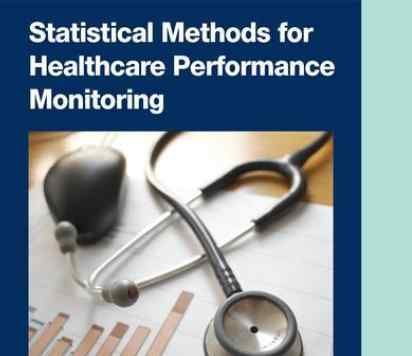BibTex format
@inproceedings{Tilney:2008:10.1097/SLA.0b013e31816076c3,
author = {Tilney, HS and Heriot, AG and Purkayastha, S and Antoniou, A and Aylin, P and Darzi, AW and Tekkis, PP},
doi = {10.1097/SLA.0b013e31816076c3},
pages = {77--84},
title = {A national perspective on the decline of abdominoperineal resection for rectal cancer},
url = {http://dx.doi.org/10.1097/SLA.0b013e31816076c3},
year = {2008}
}
RIS format (EndNote, RefMan)
TY - CPAPER
AB - OBJECTIVE: To assess rates of abdominoperineal excision of the rectum (APER) for rectal cancer between centers and over time, and to evaluate the influence of patient characteristics, including social deprivation, on APER rate. METHODS: Data on patients undergoing APER or anterior resection (AR) in England were extracted from a national administrative database for the years 1996 to 2004. The primary outcome was the proportion of patients presenting with rectal cancer undergoing APER. Hierarchical logistic regression was used to identify independent factors associated with a nonrestorative resection. RESULTS: Data on 52,643 patients were analyzed, 13,109(24.9%) of whom underwent APER. The APER rate significantly reduced over the study period from 29.4% to 21.2% (P < 0.001). Operative mortality following AR decreased significantly during the period of study (5.1% to 4.2%, P = 0.002), while that following APER did not (P = 0.075). Male patients were more likely to undergo APER (P < 0.001), whereas those with an emergency presentation more commonly underwent AR (P < 0.001). Independent predictors of increased APER rate were male gender (odds ratio [OR] = 1.239, P < 0.001) and social deprivation (most vs. least deprived; OR = 1.589, P < 0.001), whereas increasing patient age (OR = 0.977, P = 0.027 per 10-year increase), year of study (2003/4 vs. 1996/7; OR = 0.646, P < 0.001) and initial presentation as an emergency (OR = 0.713, P < 0.001) were associated with lower APER rates. After accounting for case-mix, there was significant between-center variability in APER rates. CONCLUSION: Socially deprived patients were more likely to undergo abdominoperineal resection. Significant improvements in rates of nonrestorative resection were seen over time but although short-term outcomes following AR have improved, those following APER have not. Permanent stoma rates following rectal cancer surgery may be considered a surrogate marker of surgical quality. ©
AU - Tilney,HS
AU - Heriot,AG
AU - Purkayastha,S
AU - Antoniou,A
AU - Aylin,P
AU - Darzi,AW
AU - Tekkis,PP
DO - 10.1097/SLA.0b013e31816076c3
EP - 84
PY - 2008///
SN - 0003-4932
SP - 77
TI - A national perspective on the decline of abdominoperineal resection for rectal cancer
UR - http://dx.doi.org/10.1097/SLA.0b013e31816076c3
ER -
